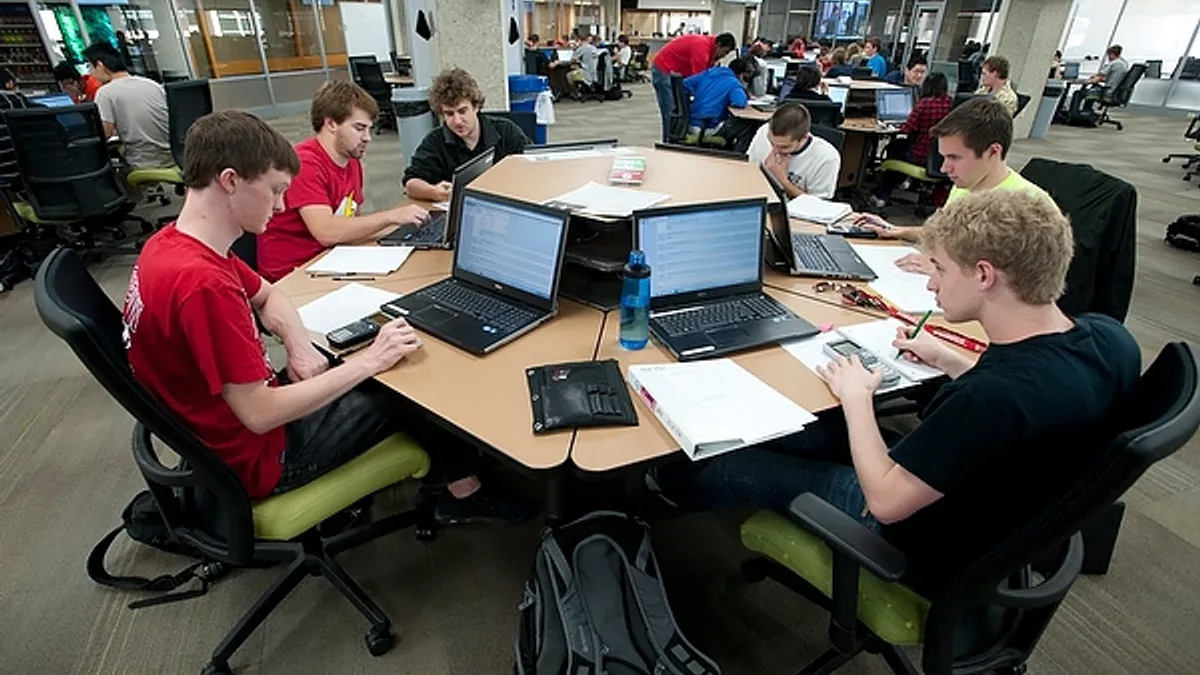Dive Brief:
-
The cybersecurity workforce gap is on track to hit 1.8 million by 2022, according to a new report released Wednesday from Frost & Sullivan for the Center for Cyber Safety and Education, with the support of (ISC)², Booz Allen Hamilton and Alta Associates. That number represents a 20% increase since 2015.
-
The report, which includes insights from more than 19,000 cybersecurity professionals, also found two-thirds of respondents say they do not have enough workers to address current threats.
-
"There is a definite concern that jobs remain unfilled, ultimately resulting in a lack of resources to face current industry threats," said David Shearer, CEO at (ISC)², in an announcement. "We’re going to have to figure out how we communicate with each other, and the industry will have to learn what to do to attract, enable and retain the cybersecurity talent needed to combat today’s risks."
Dive Insight:
The security gap is widening and businesses are going to suffer as a result. Last year, (ISC)² predicted a total shortage of 1.5 million IT security professionals worldwide in the next five years. But the industry has not made headway in closing the gap, meaning there is still a severe lack of qualified professionals.
At the same time, the cybersecurity landscape is growing more dangerous. Businesses know they need to bolster network defenses, and the vast majority are on the hunt for cybersecurity staff. In some cases, enterprises can turn to vendors to equip products with more intuitive and automated in security. There is, however, no silver bullet in cybersecurity and a response strategy created by security experts is still necessary.
Given the ongoing shortage, employers need to look for new ways to find and recruit employees that may not necessarily have a cybersecurity background but have the desire to learn to work in that area. In other words, creativity may be the best tactic CIOs can employ to help solve their IT security challenges.













